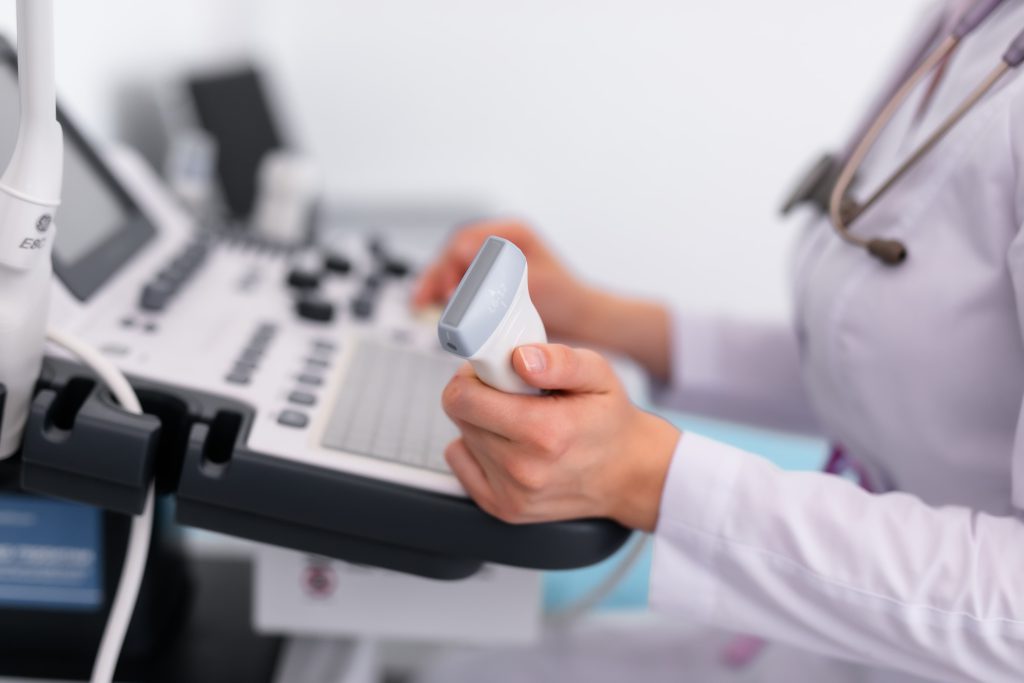Ultrasound is particularly useful in diagnosing DVT because it can detect the presence of blood clots in the veins. In addition to diagnosing DVT, ultrasound can also be used to monitor the progression of the condition and to assess the effectiveness of treatment. For example, ultrasound can be used to determine whether a blood clot has dissolved after treatment with anticoagulant medication. If you are experiencing symptoms of DVT, such as swelling, pain, or tenderness in your legs, it is important to seek medical attention immediately. Early diagnosis and treatment of DVT can prevent serious complications and improve your chances of a full recovery.
Abdominal aortic aneurysm (AAA) is a serious medical condition characterized by a bulging and weakened area in the abdominal aorta. AAA is often asymptomatic, and patients may not even know that they have the condition until it ruptures, which can lead to life-threatening bleeding and mortality. In the diagnosis of AAA, ultrasound is used to visualize the aorta and measure its diameter.
An aneurysm is defined as a permanent dilation of the aorta that is at least 1.5 times the normal diameter, and a diameter of 3.0 cm or greater is indicative of AAA. The use of ultrasound in screening for AAA is highly recommended, especially for individuals with a family history of the condition, men over the age of 65, and women with a history of smoking. Regular ultrasound screening is recommended for individuals at high risk of developing AAA, as well as for those who have already been diagnosed with the condition. Early detection and monitoring with ultrasound can help to prevent the potentially life-threatening complications of AAA and improve patient outcomes.
Ultram provides DVT and AAA Ultrasound Scan to individuals above the age of 18. DVT (deep vein thrombosis) is the formation of clot in one of the veins, most often in the legs. DVT, or a blood clot in the veins, is a medical emergency that can result in problems including pulmonary embolism. Ultrasound is also used to diagnose abdominal aortic aneurysm which is more prevalent in men over 65. In our comprehensive Hernia & Soft Tissue Ultrasound Scan package, we also are attentive to all potential indicators of abdominal aortic aneurysm (AAA), including the presence of a pulsatile soft tissue mass.

